(By Khalid Masood)
In June 1984, the Indian Army unleashed Operation Blue Star, a violent assault on the Golden Temple in Amritsar, Sikhism’s holiest shrine, targeting Jarnail Singh Bhindranwale and his followers. This was not a mere counterinsurgency but a deliberate act of state terror against Sikhs, marked by heinous human rights violations and the desecration of their sacred dead. The operation’s horrors, followed by the assassination of Indira Gandhi and genocidal anti-Sikh pogroms, ignited a global Sikh diaspora movement for Khalistan. India’s Research and Analysis Wing (RAW) continues this oppression through alleged killings in Canada and attempted assassinations in the USA, yet the Sikh resolve for a homeland remains unbreakable. Human rights activists around the globe condemn the atrocities of Operation Blue Star, acknowledge their enduring impact, and pay homage to the Sikh community’s unyielding quest for liberty — a freedom paid for in blood.
Operation Blue Star: Context and Execution
By the early 1980s, Punjab simmered with discontent. Sikhs, led by Jarnail Singh Bhindranwale of the Damdami Taksal, demanded autonomy through the Anandpur Sahib Resolution, seeking federal reforms and Sikh rights. Bhindranwale’s armed group, roughly 200 strong, fortified the Golden Temple complex, including the Akal Takht, to resist state oppression. Prime Minister Indira Gandhi’s government branded this separatism, justifying a military crackdown.
Launched on June 1, 1984, during Guru Arjan Dev Ji’s martyrdom anniversary, Operation Blue Star saw over 100,000 troops, tanks, artillery, and helicopters besiege the Golden Temple, teeming with pilgrims. Punjab was sealed, communications cut, and media expelled. From June 1–10, the army stormed the Harmandir Sahib, killing Bhindranwale but massacring thousands of civilians. India claims 575 deaths (83 soldiers, 492 civilians), but Sikh sources estimate 5,000–8,000 fatalities, mostly innocent pilgrims.
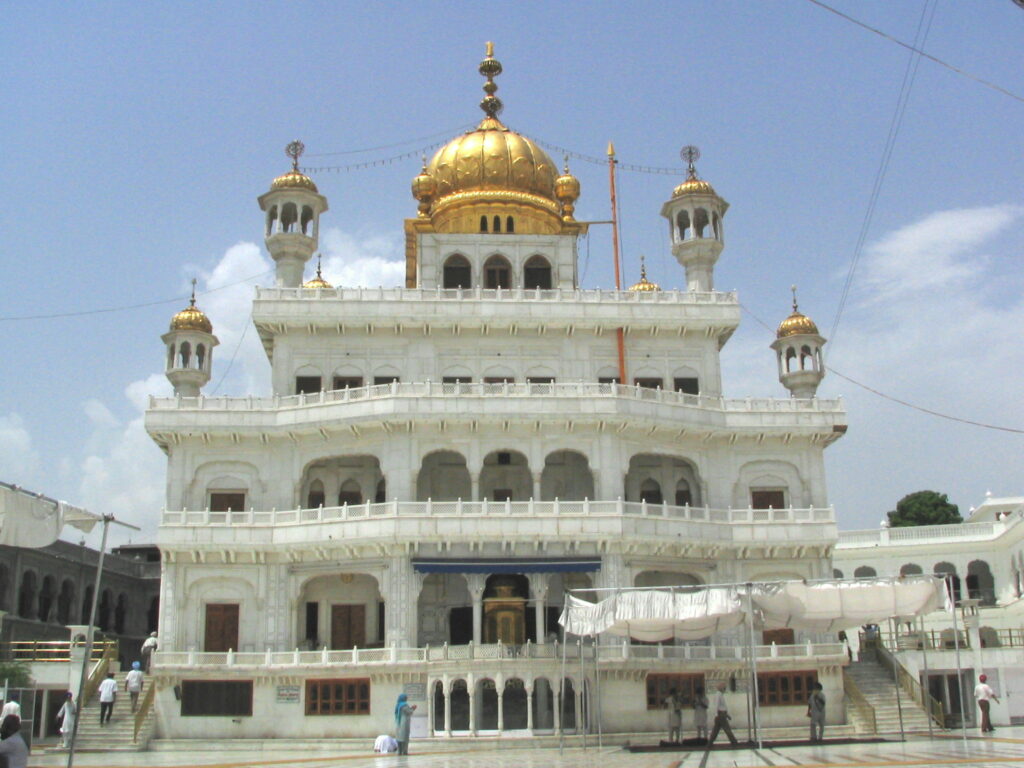
Indian Army Brutalities: A Sacrilegious Massacre
Operation Blue Star’s execution was a catalog of horrors, transforming a sacred shrine into a slaughterhouse. Eyewitnesses, including survivors and journalists, reveal the Indian Army’s ruthless disregard for human life and Sikh sanctity.
Indiscriminate Slaughter
The assault began with CRPF probing fire on June 1, escalating to a full-scale attack by June 4. Tanks pulverized the Akal Takht with 105mm shells, reducing it to rubble. Artillery and mortars ravaged the complex, killing pilgrims indiscriminately. A schoolteacher recounted soldiers executing over 150 Sikhs in a basement, hands bound with their turbans. Another survivor saw 37 youths suffocated or shot in detention between June 16–18. These killings, far exceeding the targeting of militants, suggest a genocidal intent to terrorize Sikhs.

Blocking Humanitarian Aid
The Indian Army barred Red Cross teams from aiding the wounded, detaining them far from the temple, in violation of international norms. A Sikh student described pilgrims bleeding to death in June’s heat, denied medical care. This deliberate neglect inflated the death toll, concealing the operation’s savagery from the world.
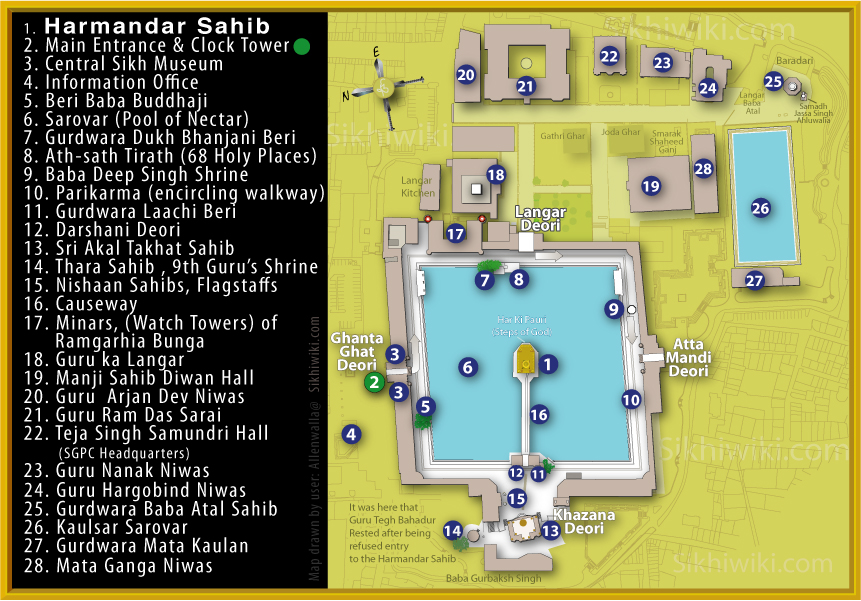
Cultural Desecration
The Sikh Reference Library, a repository of priceless manuscripts, was torched after the army’s takeover. Bullet holes, some three inches wide, scarred the temple’s walls. The destruction of the Akal Takht and library was a calculated assault on Sikh heritage, erasing centuries of history and identity.
Desecration of Sikh Corpses
The army’s treatment of Sikh bodies was an affront to religious dignity. Survivors report thousands of corpses hastily cremated in mass pyres without Sikh rites. A former MLA witnessed bodies dumped into trucks and burned en masse, denying families closure. Some accounts allege soldiers looted valuables from the dead, discarding turbans with contempt. This desecration, hidden by a media blackout, aimed to erase evidence while humiliating Sikhs.
Post-Assault Atrocities
On June 6, surviving pilgrims were labeled “militants,” detained, beaten, and executed. A Sikh student leader described 14 detainees suffocating in an unventilated room on June 7. These acts, post-Bhindranwale’s death, reveal a punitive campaign against the Sikh community, not just insurgents.
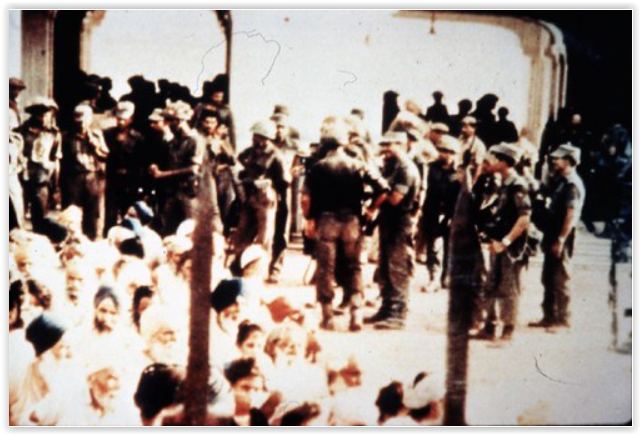
Military and Geopolitical Analysis
Militarily, Operation Blue Star succeeded in killing Bhindranwale but failed strategically. His guerrilla fighters, trained by ex-Major General Shahbeg Singh, used fortified towers and wireless outposts to resist, killing or injuring over 700 soldiers. The army’s use of tanks in a civilian-packed shrine was a tactical blunder, escalating casualties and alienating Sikhs.
Geopolitically, the operation shattered India’s secular facade. Over 2,600 Sikh soldiers mutinied, branded traitors but revered as heroes. The Sikh diaspora in Canada, the UK, and the USA rallied for Khalistan, amplifying global scrutiny. World, while uninvolved, saw India’s actions as proof of minority oppression, resonating in Punjab’s border areas. India’s media blackout and refusal of transparent inquiries fueled perceptions of a cover-up, deepening Sikh estrangement.
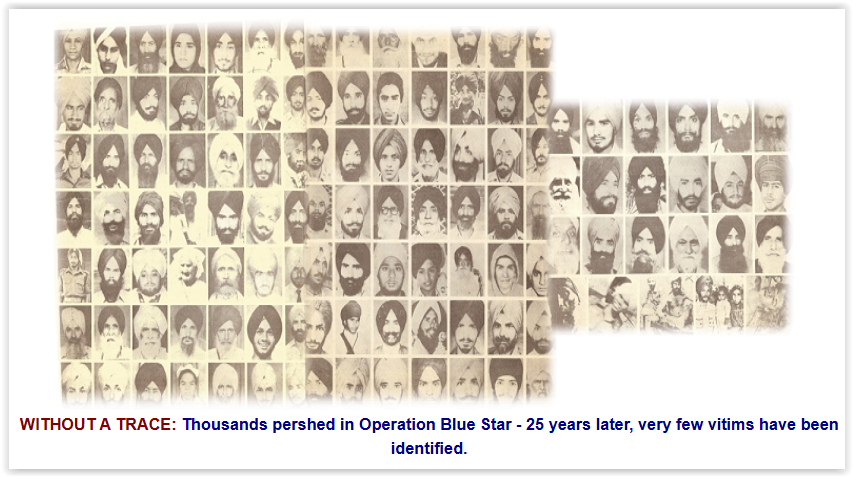
Anti-Sikh Pogroms and Mass Exodus
The subsequent assassination of Indira Gandhi on October 31, 1984, by her Sikh bodyguards, Beant and Satwant Singh, unleashed a genocidal backlash against Sikhs across India. In Delhi, over 3,000 Sikhs were butchered in three days, with mobs—allegedly incited by Congress leaders like Sajjan Kumar and HKL Bhagat—burning Sikh men alive, gang-raping women, and setting homes ablaze with families inside. A survivor recounted a mob dousing a Sikh woman with kerosene, burning her alive as her children screamed. Police stood idle, often aiding rioters, while courts delivered scant justice—only one death penalty by 2025. Other cities like Kanpur and Bokaro saw similar horrors, with estimates of 8,000–10,000 Sikh deaths nationwide. This state-sanctioned carnage drove tens of thousands of Sikhs to flee India, seeking refuge in Canada, the UK, the USA, and Australia. By the 1990s, Canada’s Sikh population swelled to over 500,000, forming vibrant communities that fueled the Khalistan movement, turning diaspora hubs into centers of resistance against Indian oppression.
RAW’s Transnational Repression: Canada and USA
Operation Blue Star’s legacy persists in India’s alleged targeting of Sikh activists abroad, orchestrated by Indian RAW. On June 18, 2023, Hardeep Singh Nijjar, a Khalistani leader, was gunned down outside a gurdwara in Surrey, Canada, with Canadian officials implicating Indian agents. In 2023, the USA thwarted a RAW-linked plot to kill Gurpatwant Singh Pannun, a Sikh lawyer advocating Khalistan. The suspicious death of Avtar Singh Khanda in the UK further points to India’s global reach. These acts echo 1984’s intent to silence Sikh dissent, using covert operations to label Khalistanis as terrorists. India’s Hindu-nationalist rhetoric under the BJP amplifies this, yet these killings have backfired, galvanizing diaspora referendums in Canada and the USA, proving RAW’s failure to quash Sikh aspirations.
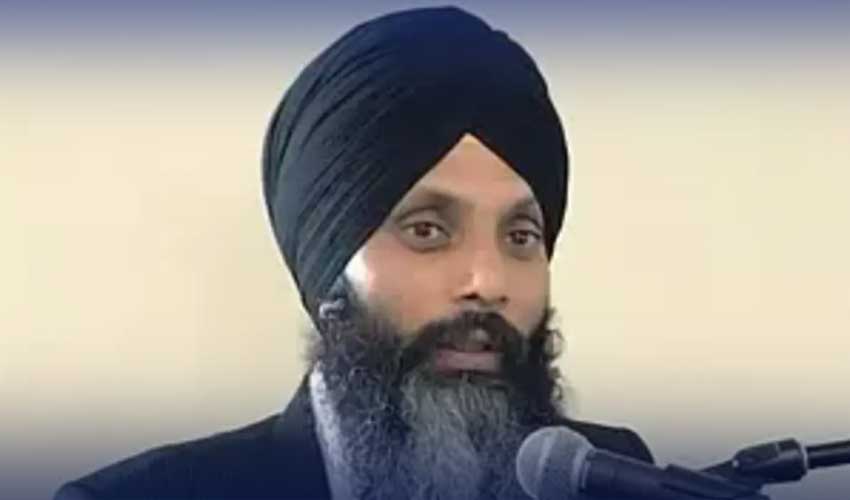
Sikh Resolve: Liberty’s Eternal Price
The Khalistan movement, rooted in grievances like Punjab’s 1947 partition and inflamed by 1984’s atrocities, burns brighter than ever. Operation Blue Star and the anti-Sikh pogroms transformed a call for autonomy into a global demand for self-determination. Sikh history—from Guru Gobind Singh’s Khalsa to Baba Deep Singh’s defence of the Golden Temple—instills a martial ethos that embraces sacrifice for liberty. The 2025 commemorations of Operation Blue Star in Amritsar, marked by prayers and pro-Khalistan chants, affirm this resolve.
People of conscience all over the world support the Khalistan movement and condemn India’s tyranny against the Sikh struggle. India’s military might and RAW’s assassinations cannot extinguish a community willing to pay liberty’s price. The diaspora’s referendums and activism, undeterred by violence, signal an unbreakable spirit. India’s refusal to deliver justice—evidenced by unpunished rioters and hidden 1984 files—fuels this determination. From a human rights lens, the Sikh quest is a demand for dignity, not extremism. The world must recognize 1984 as a genocide and hold India accountable for its transnational killings.
Recommendations
- Neighboring Countries: Diplomatically amplify Sikh human rights issues at the UN, highlighting 1984’s atrocities, while avoiding direct or overt interference to prevent escalation.
- Global Community: Demand an independent probe into Operation Blue Star and the 1984 riots, urging India to declassify related files.
- Sikh Diaspora: Sustain referendums and projects like the 1984 Living History initiative to preserve survivor accounts and counter India’s narrative.
Conclusion: A Spirit Unconquered
Operation Blue Star was a barbaric assault on Sikh faith, marked by mass killings, corpse desecration, and cultural annihilation. The 1984 pogroms, with their rapes and burnings, drove thousands to flee India, strengthening the global Khalistan movement. RAW’s alleged killings in Canada and the USA continue this repression, yet the Sikh resolve for Khalistan endures. The people of Pakistan, Bangladesh, Nepal, and Sri Lanka honor the Sikh community’s courage in paying the price for liberty. They stand confident that this struggle will outlast India’s tyranny and forge a path toward justice and self-determination.

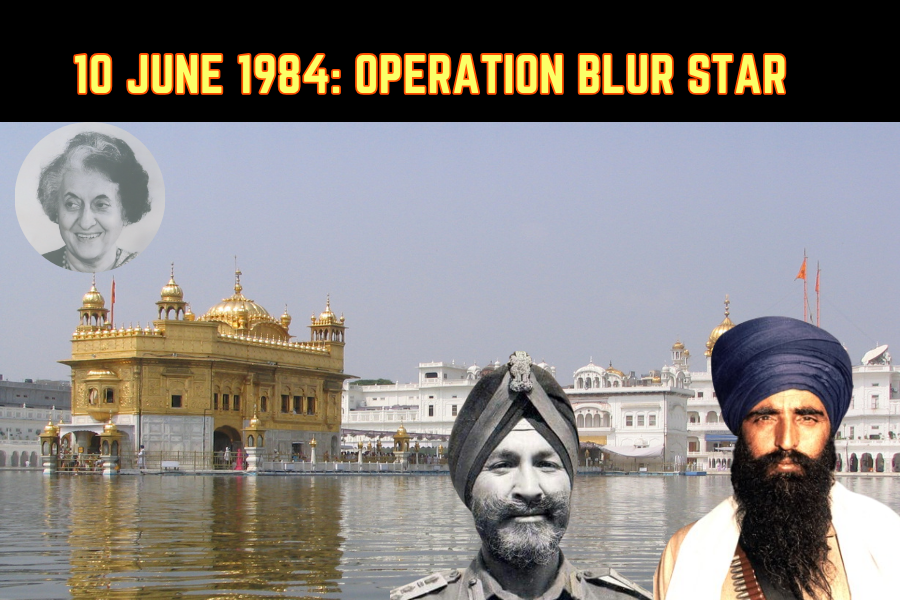
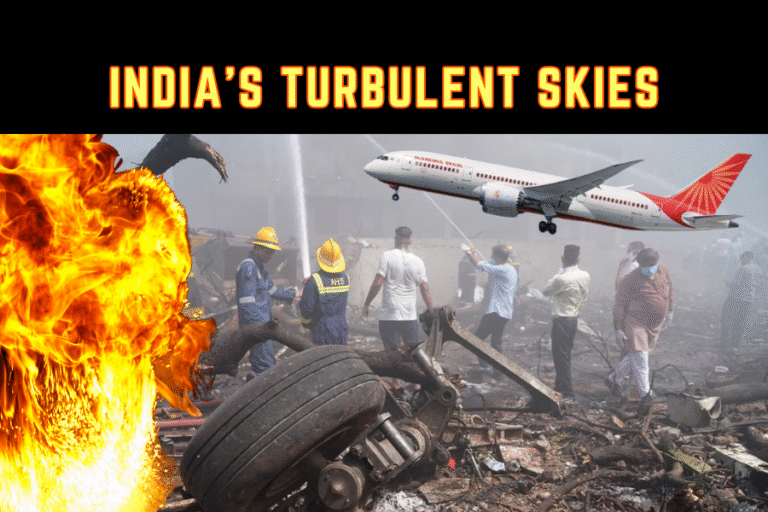
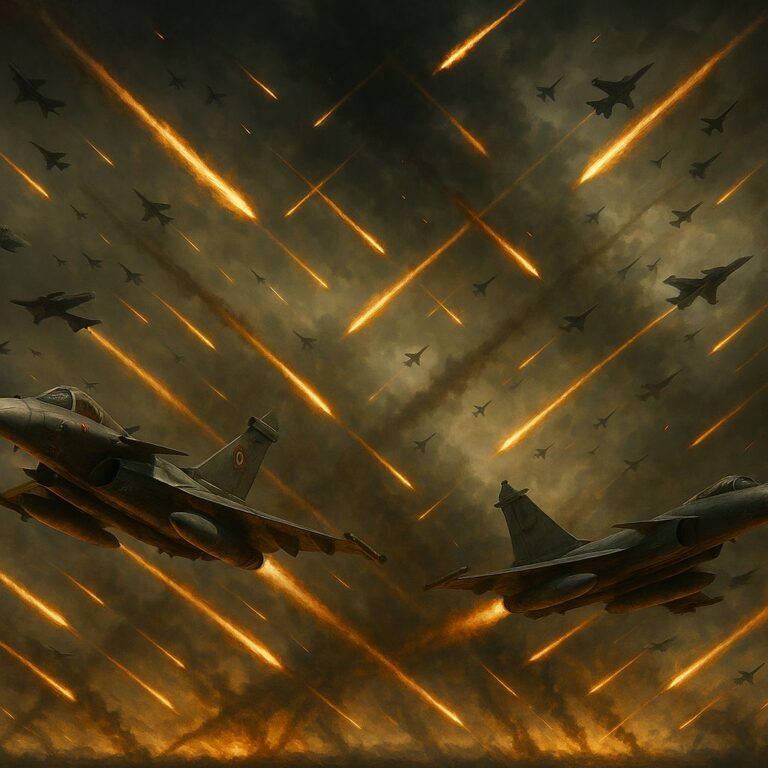

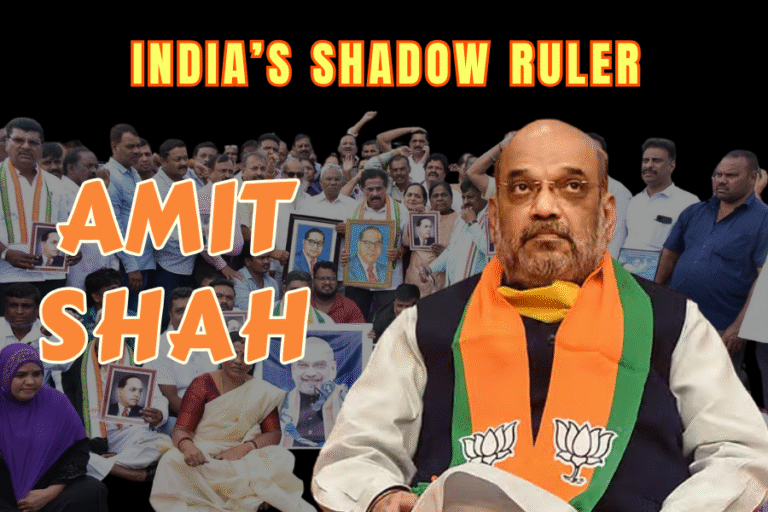
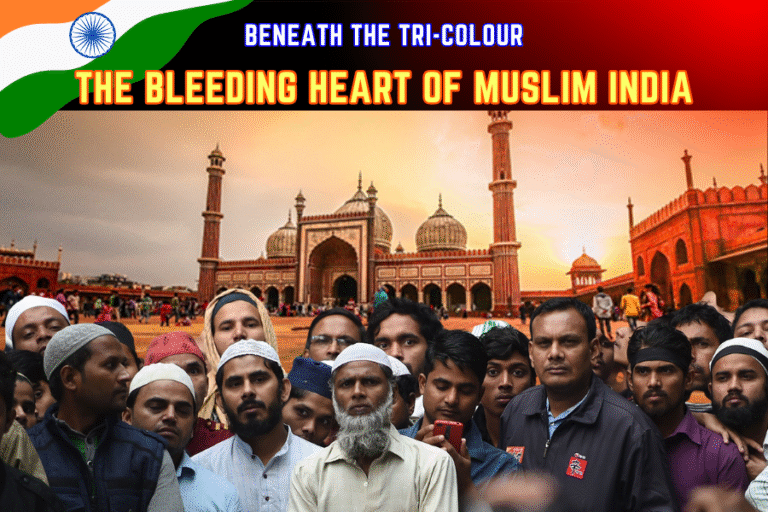

The destruction of the Sikh Reference Library in 1984 at the hands of the Indian Army was a cultural and historical catastrophe—one my father often spoke of with deep sorrow. It was not just the loss of priceless manuscripts and heritage, but a part of a larger, darker horror—the merciless killing of thousands of innocent souls who had sought refuge in the sanctity of Darbar Sahib. This was not just an assault on a place—it was an assault on a people, on faith, and on memory. It is a tragedy that the world must neither forget nor forgive.
This Operation Blue Star in 1984 still haunts our family in CA. My father was inside the Golden Temple when the army stormed in—he saw friends beaten, sacred spaces desecrated, and innocent people treated like criminals. He never talks much about those days, but the pain in his eyes says it all. It breaks my heart to think how the Indian army could do that to its own citizens, to people just praying for peace. What happened to my father and so many others can never be justified or forgotten.